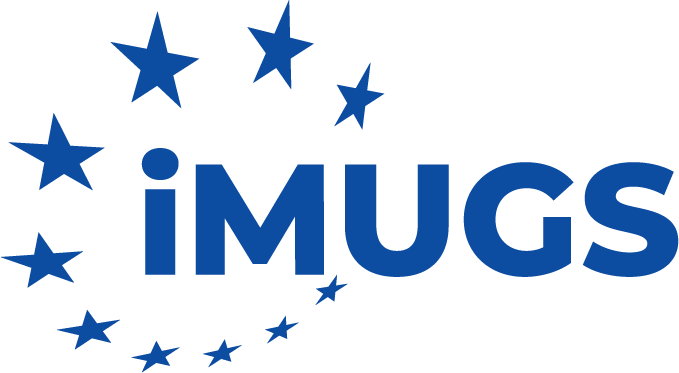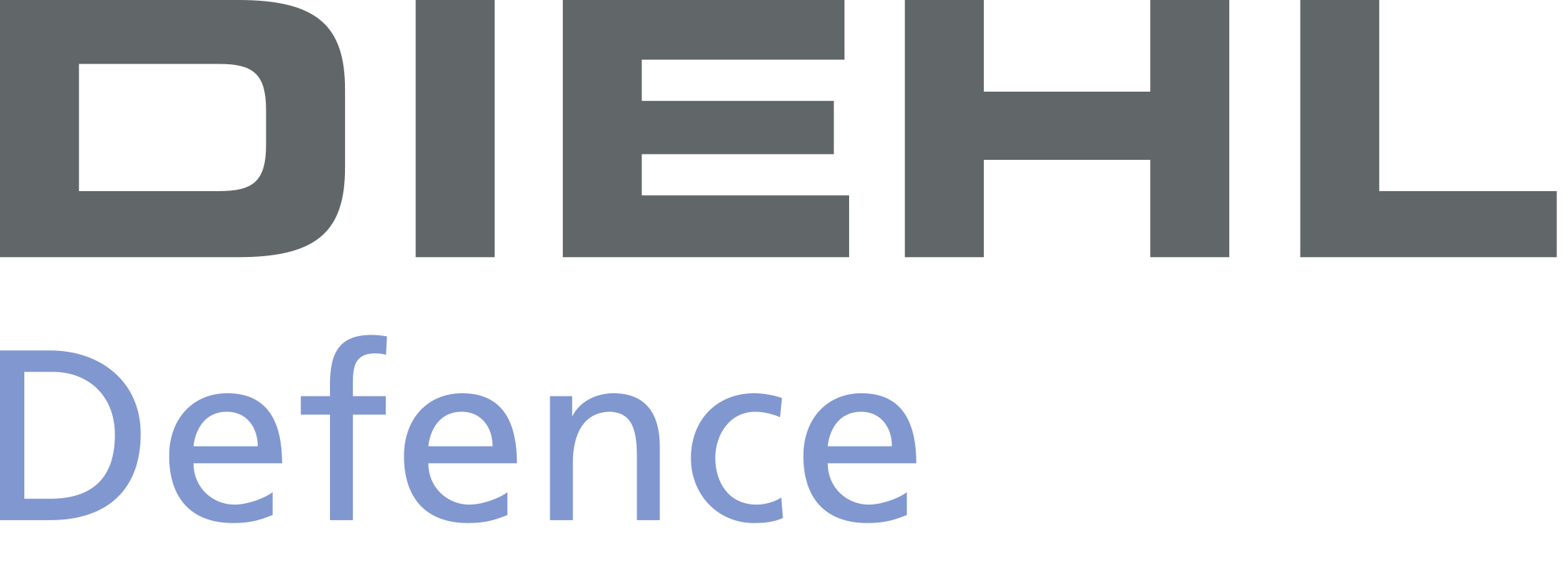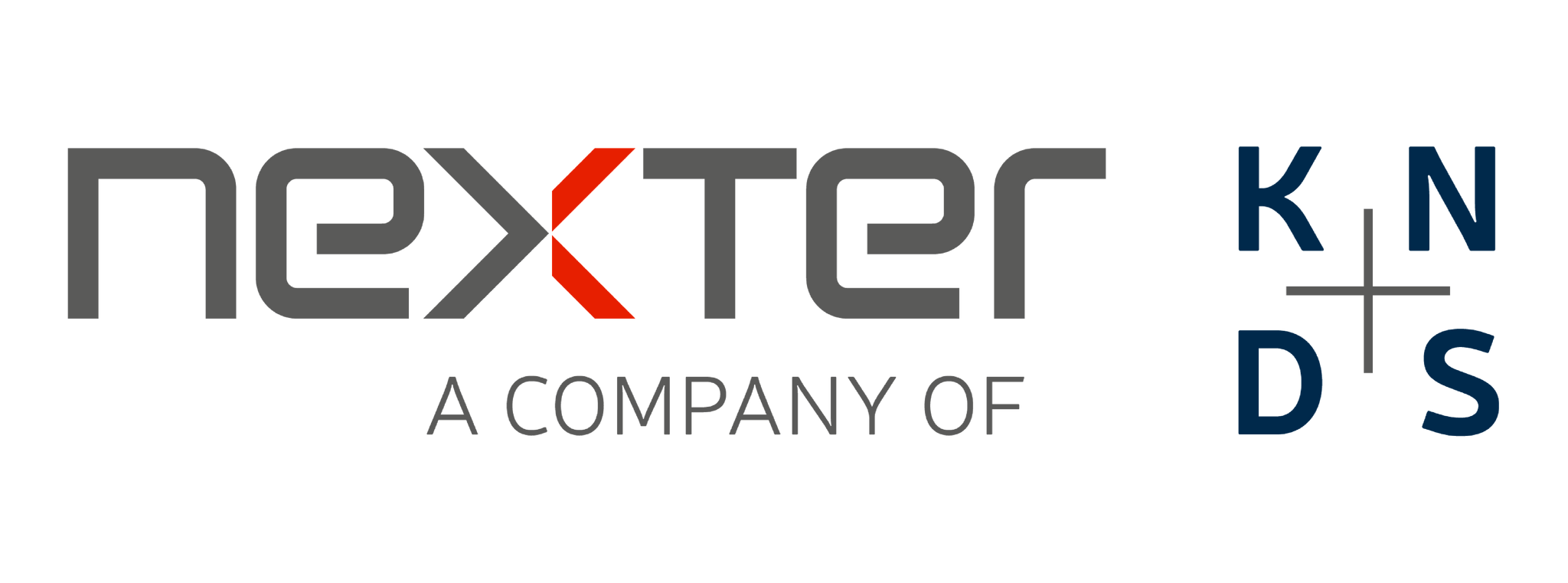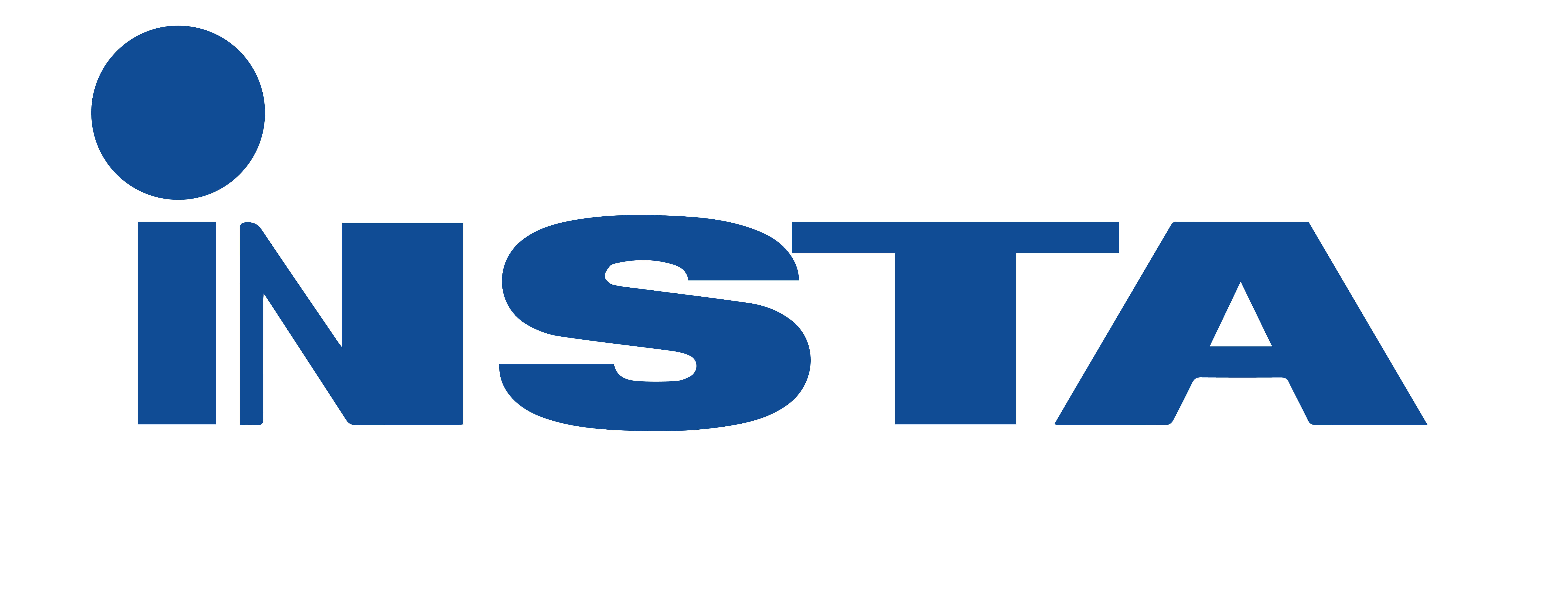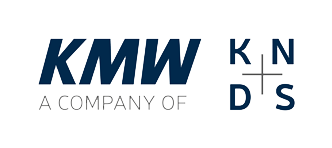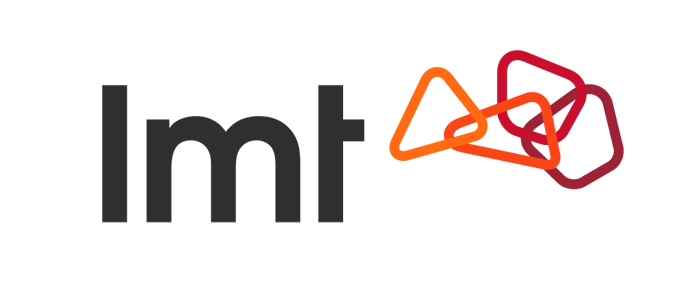
the Consortium
Participating member states






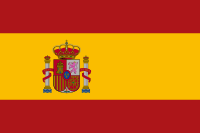
Division of work
The iMUGS project was divided into six subprojects that were pearheaded by consortium members with the most expertise in those fields:
SUBPROJECT-1 SYSTEM INTEGRATION
Participants: Milrem Robotics
- Rapid integration of heterogeneous technologies.
- Open, modular, interoperable, standards-based system architecture and specifications encompassing operational and payload safety and cyber security.
- Standards based interfaces between subsystems, payloads and the architecture specification (STANAGs, NAFv4, NATO General Vehicle Architecture).
- Optimized towards production scalability of the systems (upgradeability; mobility platform, payload (incl. sensors) and communication agnostic architecture).
- Exposing system capabilities to users for enabling operational assessment and concept definitions.
- Operator centric (HIL/HOL) functionality demonstrated to end-users in relevant environment.
SUBPROJECT-2 AUTONOMY
Participants: Safran, Milrem Robotics, Nexter, Diehl
- Modular and cyber secure backbone for autonomous safe architecture scoping existing standards.
- Safe and secured autonomy solution integrated (UGV integration and sensors integration).
- Algorithms for selected use-cases (ISR, CASEVAC etc.).
- Addressing safety of autonomous functions.
- Enhancing navigational and mission level autonomy.
SUBPROJECT-3 CYBER SECURITY
Participants: Talgen
- Cyber Defence System capable of detecting and responding to cyber-attacks.
- Capable of autonomously detecting a compromise or an attack against onboard components.
- Detection of cyber-attacks from other entities in the same communication network, components compromised in the supply chain and attempts to load malicious code onto the system through physical exploitation.
SUBPROJECT-4 COMMUNICATIONS
Participants: Bittium, LMT
- Secure and scalable multiple-channel network communications.
- Capable of deploying both commercial and tactical mesh network technologies, with support to swarming.
- Secure network services for mobile Virtual Private Network (VPN) and Mobile Device Management (MDM).
- Communications can be routed over multiple channels (e.g. commercial/tactical networks seamlessly.
- Detection of jamming and localization of the jammer.
- Resistance to defined jamming (tactical mesh / Vehicle to Vehicle (V2V) communications).
SUBPROJECT-5 SWARMING
Participants: Royal Military Academy, dotOcean, Insta
- Architectures, methods and algorithms to optimize a multi-agent system against multiple objectives.
- Capability to solve multi-objective problems and perform multi-objective missions.
- Local and global approaches.
SUBPROJECT-6 COMMAND, CONTROL, AND INTEROPERABILITY
Participants: GMV, Sol.One
- Interoperability and standardization of interfaces with existing Command and Control (C2) as well as C4I and Battlefield Management System (BMS) and databases.
- All relevant subsystems can interface to the communication system and transfer IP-data transparently over the communication system.
- Control and Data Model specific to UAV and UGV systems.
- A reconfigurable land and air vehicle control and user C2, interface definition and prototyping.
SUBPROJECT-7 MANNED-UNMANNED TEAMING
Participants: KMW, Nexter, Milrem Robotics
A study with the goal of the development of military operational scenarios for UGV, which can be used as global definitions for a set of ConOps master scenarios, based on:
- workshops together with the participating nations.
- build-up of a simulator.
- virtual and constructive simulation of Krauss-Maffei Wegmann extended with models of UGV and UAV.
- participation in the iMUGS demonstrations with vehicles from Krauss-Maffei Wegmann.
- The analysis of deployment methods with already existing means of transport for UGV and to describe requirements on the deployment.
